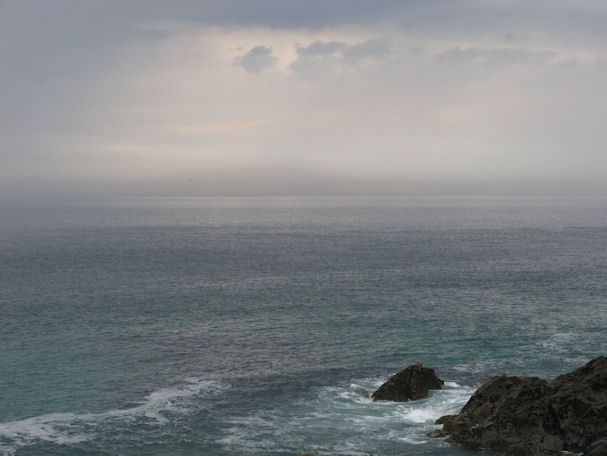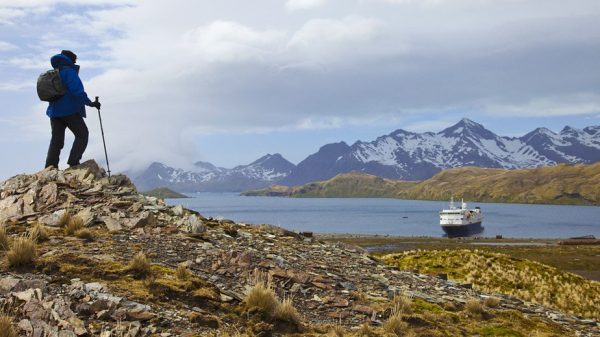Then once more, behind this and different soundings which Woolley made at Ur, there was a clearly conceived and logical objective, which had advised itself to his energetic thoughts on the very outset of his work. Quickly after his work at Ur began, he had collaborated with H. R. Corridor within the excavation of the little mound known as Al’Ubaid, which is simply seen from the summit of the Ur zigguTat. Between them they uncovered the brick platform which had supported a Sumerian temple;three and so they recovered from it the magnificent architectural ornaments, a few of that are to be seen within the British Museum. However whereas this work was in progress, Woolley additionally reduce a trench into the stays of a prehistoric settlement which unfold out eastward from the foot of the temple mound.
He discovered the painted pottery and reed huts of a pre-Sumerian individuals; and since there gave the impression to be nothing however clear soil for 3 or 4 toes beneath them, he concluded that these early settlers had occupied a pure island within the drying marshes of Mesopotamia. Within the skilled controversies that continued for a few years after this discovery was made, it got here familiarly to be known as “operation huts-in-the-marshes”: and it’ll presently be potential to see how, on this event, a too-impulsive conclusion briefly distorted the historic image which he was trying to reconstruct.
However for the second Woolley was fairly rightly obsessed by the need for relationship the epoch to which these marsh-dwellers belonged and giving them their appropriate place in a correctly authenticated stratigraphical sequence. This was the principle objective of his soundings at Ur itself.
Supplemented by proof from prehistoric soundings
They had been completely profitable. Supplemented by proof from prehistoric soundings at different websites reminiscent of Jemdet Nasr and Warka, they established an entire sequence of prehistoric cultures, of which for the second the “Al’Ubaid tradition” was the earliest. And if, in his so-called “Flood Pit”, an identical traces of the “huts-in-the-marshes” appeared above and under what was known as the “Flood deposit”, these phrases had been solely meant for publicity functions: and for archaeologists his part already envisaged an attention-grabbing sub-division of his Al’Ubaid interval into distinct
So right here had been the 2 sides of Woolley’s work: an attraction to the general public via interpretation and presentation of his outcomes (with undoubted instructional benefits along with their sensible objective of acquiring funds); and behind this the affected person and meticulous work of a analysis scholar. The outcomes of twelve seasons of arduous digging at Ur alone may be seen in his publications.









